A Brief History of Pop-Up Books
Pop-up books started 800 years ago as a "philosophical machine", evolved into scientific manuals, and still survive today as a kids' favorite.
The oldest pop-up books do not have dazzling illustrations of castles, forests, kings, queens, dragons, and fairies. They were made in the Middle Ages to facilitate the understanding of natural and religious phenomena. One of them is a Volvelle (a type of book containing rotating circles attached to the pages), handmade in 1250 by the English Benedictine monk Matthew Paris, which explains the relation between the moon's seasons and phases and religious holidays.
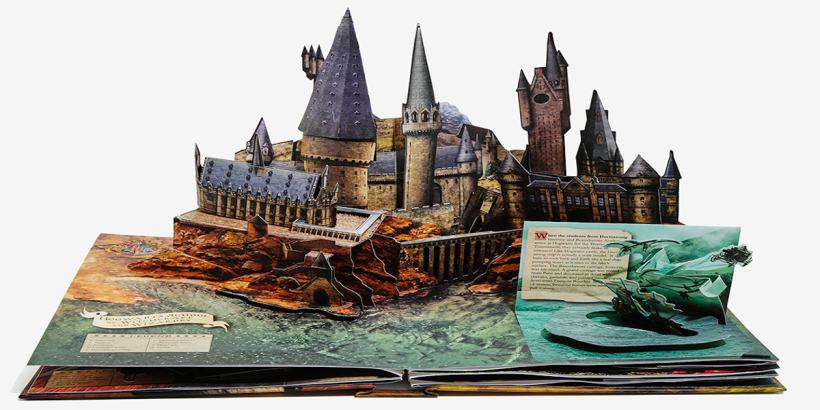
Perhaps more well known is the one created by the Catalan-speaking occultist, writer, philosopher, and poet Ramon Llull, born in 1230 in Palma (back then the capital of the Kingdom of Mallorca) whose Ars Magna Generalis, unlike Paris' work, was not even considered a book at the time.
It was more of a "logic machine": the volume was composed of rotating circles that allowed philosophical "questions" to be asked on various topics related to virtue, good and evil, and God. A finite number of combinations made it possible to infer the "correct" or "incorrect" answers to the proposed questions.
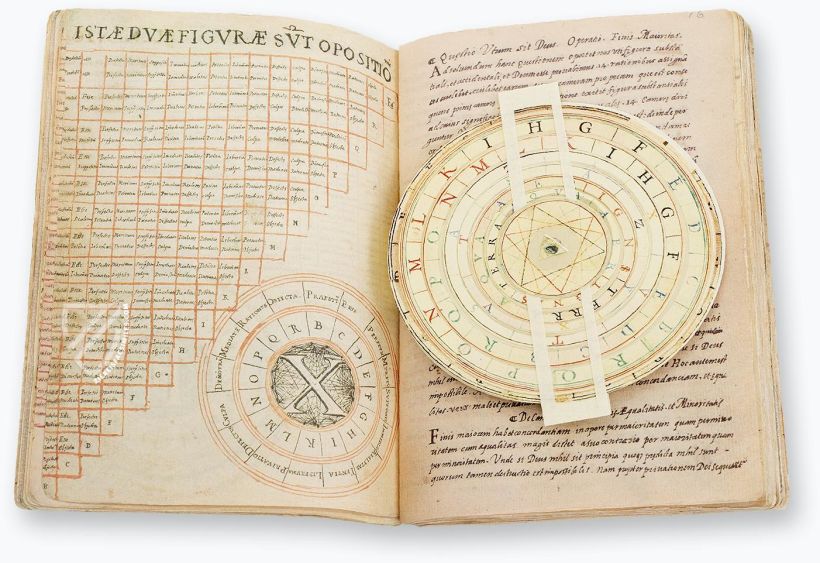
The "correct" answers were based on the dogmas of the Catholic Church. As a theorist of crusades and the forced conversion of Jews and Muslims to Christianity, Ramon Llull was beatified a few years after his death, which is believed to have taken place in 1315.
Astrology and Medicine Manuals
The evolution of the pop-up book during the late Middle Ages and early Renaissance happened thanks to scientists. Astronomy and medicine compendiums used the foldable elements to describe things like the moon phases or how the inside of the body looked.
Two examples of such books were handwritten and printed in the mobile type printing press introduced by the German inventor, Johannes Gutenberg, in the mid-15th century: the Calendarium, by Johannes Regiomontanus (published in 1476, in Venice); and the anatomy manual Catoptrum microcosmicum, by Johan Remmelin (published in Latin in 1619).
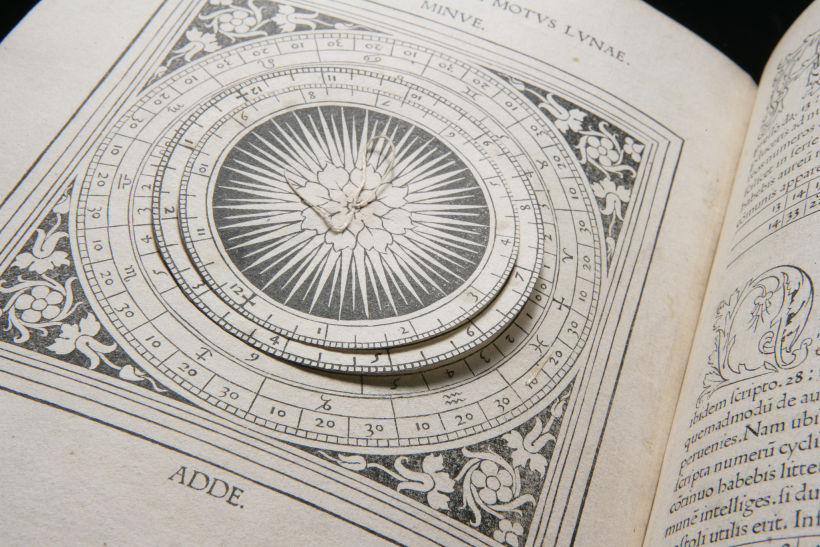
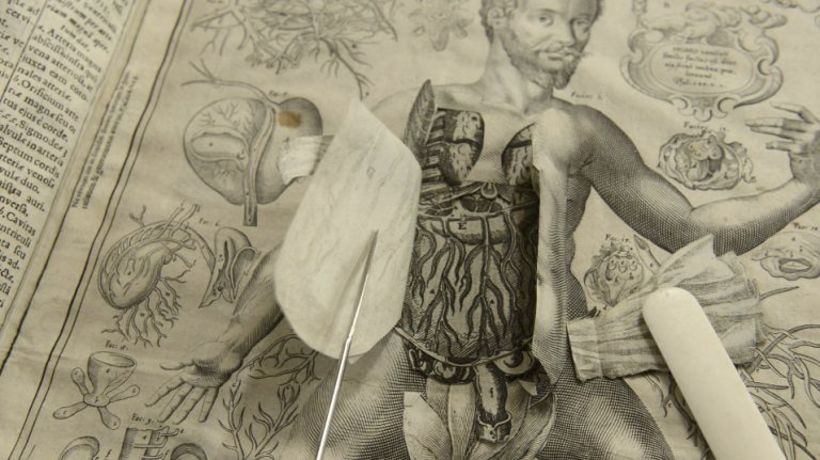
Wonderful colors and stories
Gutenberg's mobile press allowed for greater dissemination of books from the 16th century, contributing enormously to the consolidation of Renaissance ideals and the emergence of the Enlightenment.
In the 18th century, English publisher John Newbery began publishing fables for children in a pop-up format. His books quickly became extremely popular among the upper classes of England and France. The authors of most publications' names are unknown, since the copyright, at that time, still belonged to booksellers or press owners.
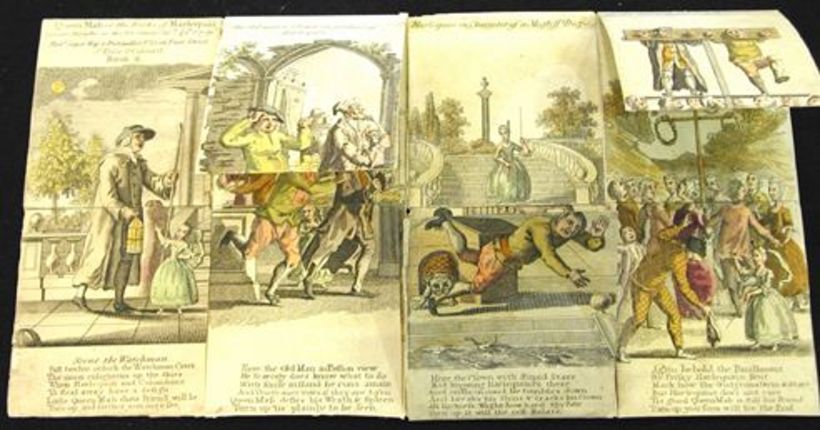
Pop-up books in the 19th century and beyond
With new printing presses, folding techniques, and the explosion of literacy in rich countries in the nineteenth century, pop-up books improved significantly, becoming sophisticated objects of information, entertainment, and even decoration.
Without using words and featuring dazzling images, these books could be exported more easily between countries, traveling from northern Europe's main production centers, such as Germany, Belgium, Holland and England.
Le Grand Cirque International, part of Spain's National Library collection, is a remarkable example of this kind of work, produced by the famous German illustrator Lottar Meggendofer and published in 1887 in Paris.
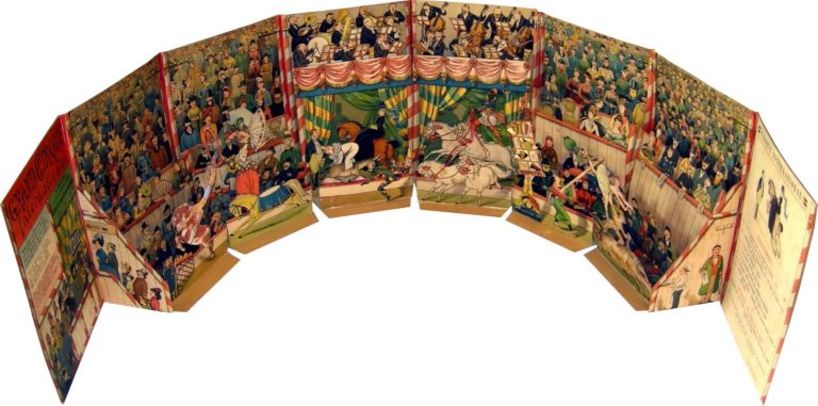
In 1932, the American publishing house, Blue Ribbon Books, registered the term pop-up and, for decades, was the only one that marketed books with this name. It focused its business on children's stories, with famous and lucrative collaborations, such as the one with Walt Disney that helped Mickey, Minnie, and company become famous worldwide.
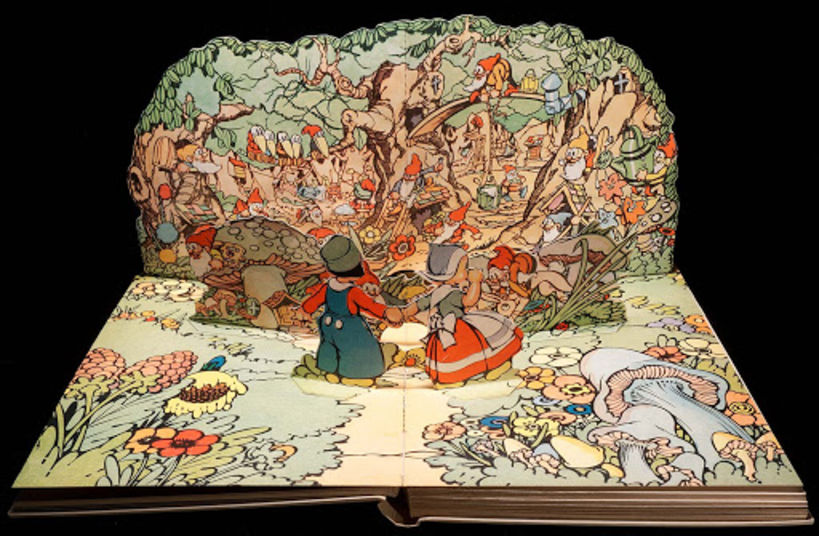
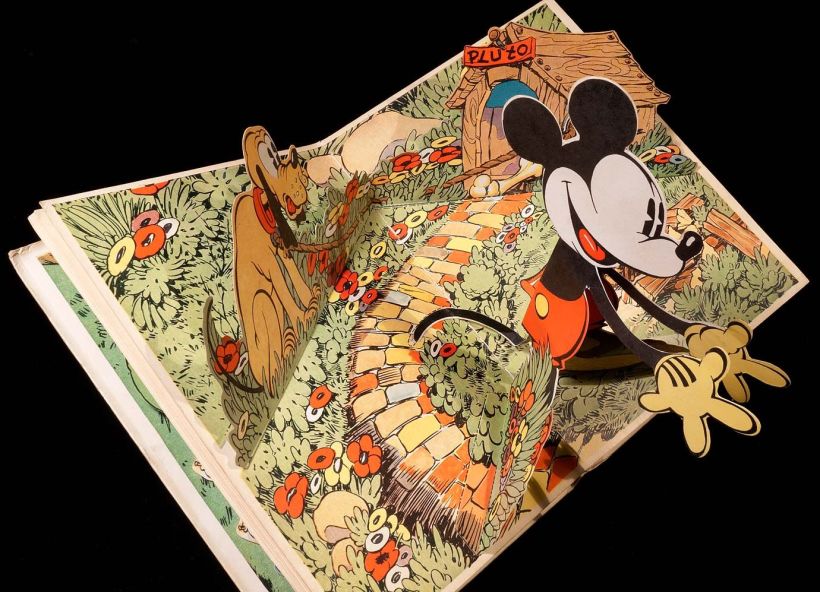
Today, despite the advance of digital technologies, folding books are still popular among children and adults. "To open a pop-up book is to enter a world of details where stories come to life," says Silvia Hijano Coullaut, Spanish editorial designer and founder of a famous Madrid bookstore, Libracos, that is dedicated to this art. She predicts pop-ups will continue to have a long life, delight readers, and put into practice the artistic skills of those who make them: "They are authentic works of engineering on paper, full of creativity."
Silvia teaches the Domestika course, Pop-Up Book Creation, where you can learn how to create a handmade version of a pop-up book from scratch.
English version by @angeljimenez.
You may also like:
- Ale Rambar's World Is Made of Paper
- Make a Traditional Origami Tato
- What Is an Artist's Book?






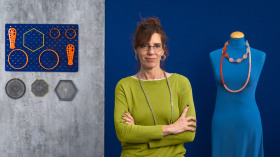
0 comments